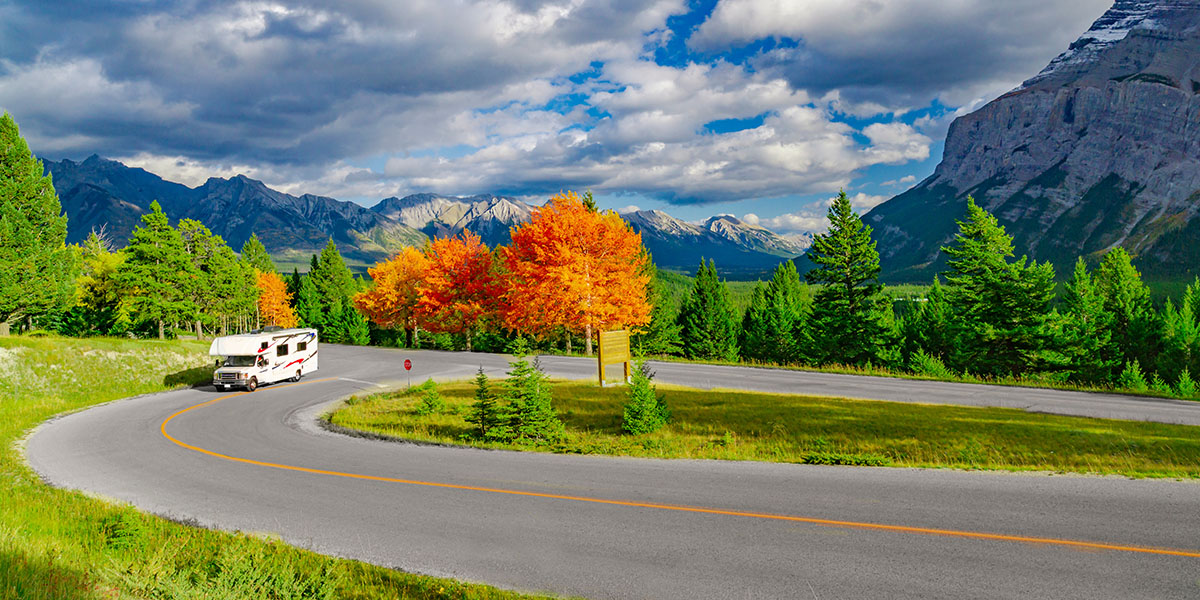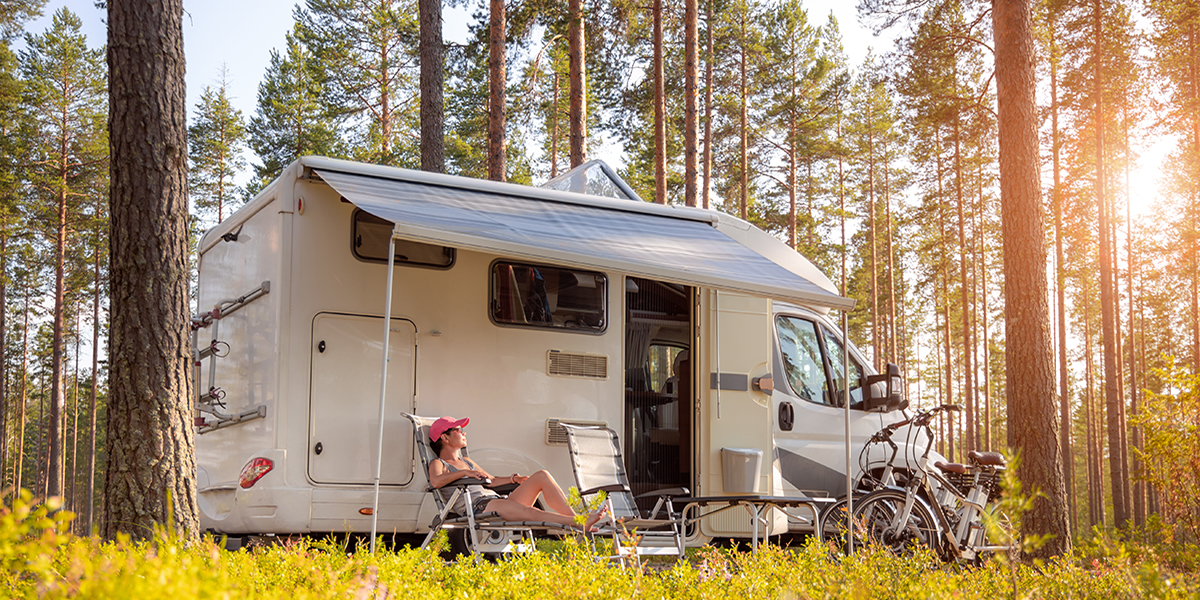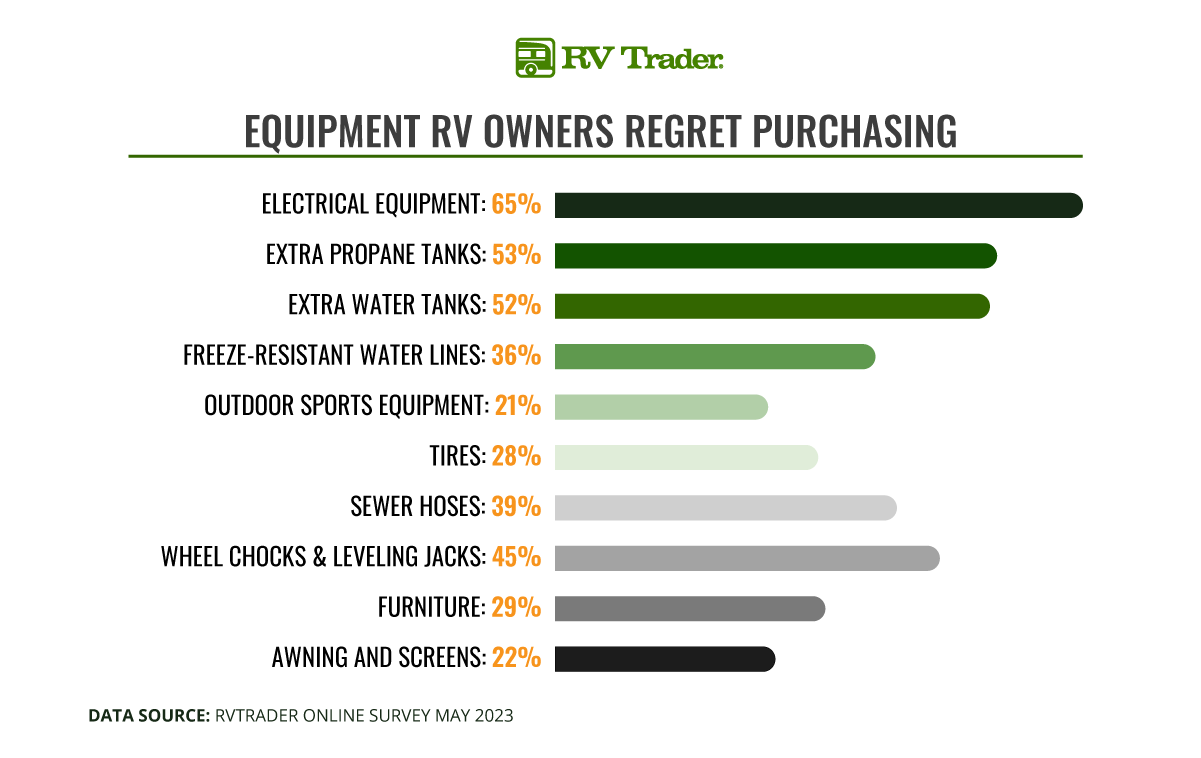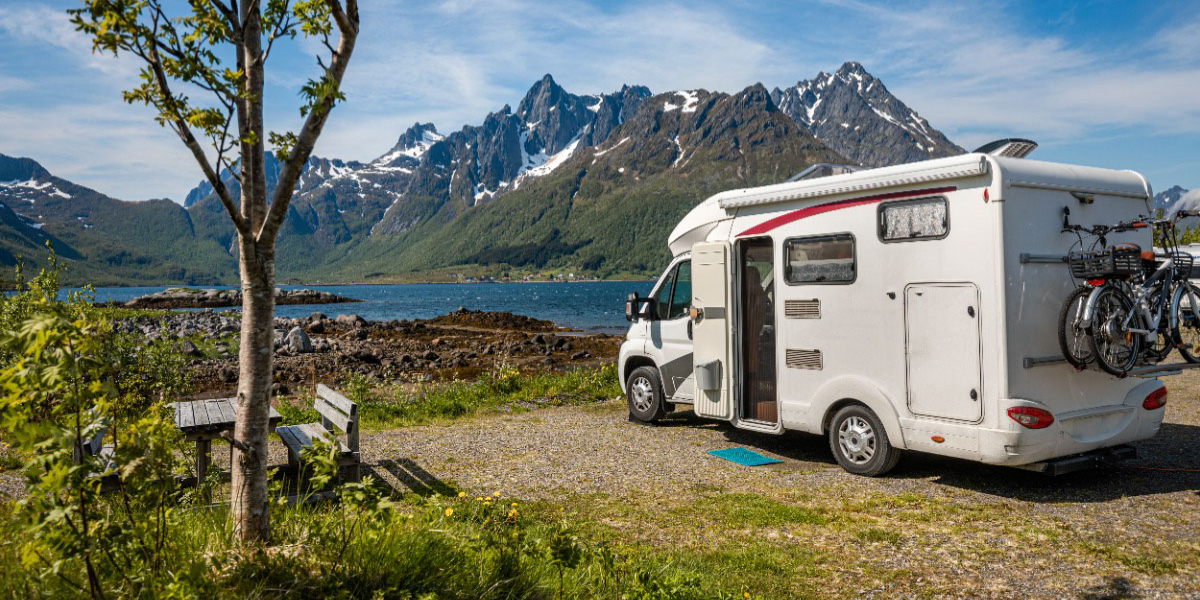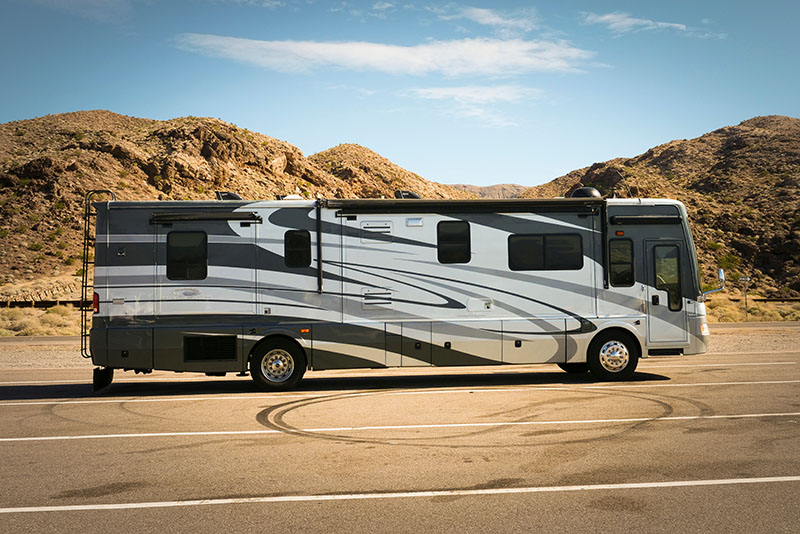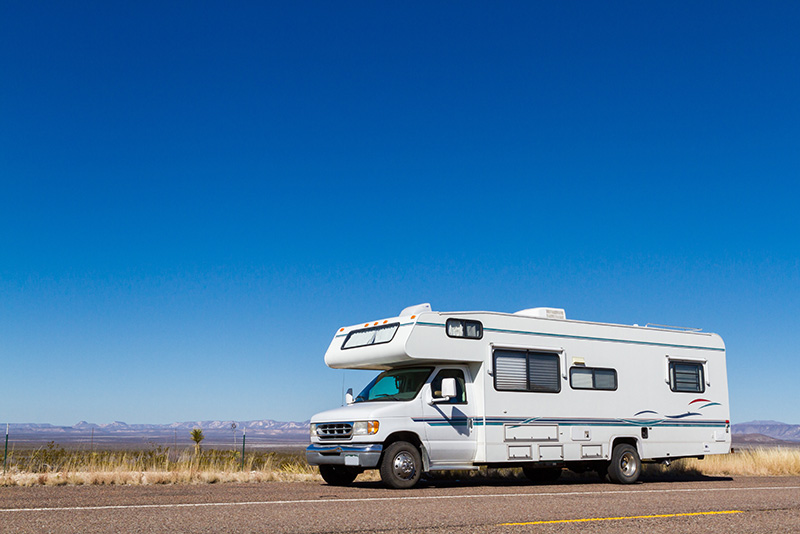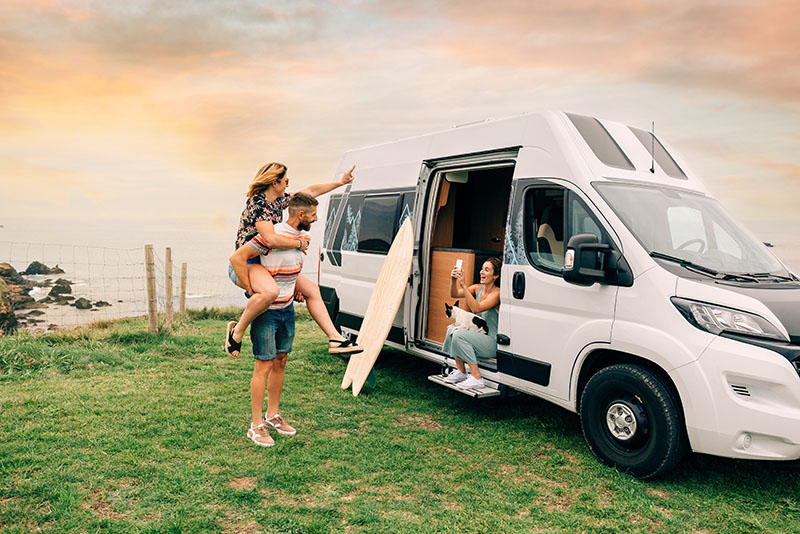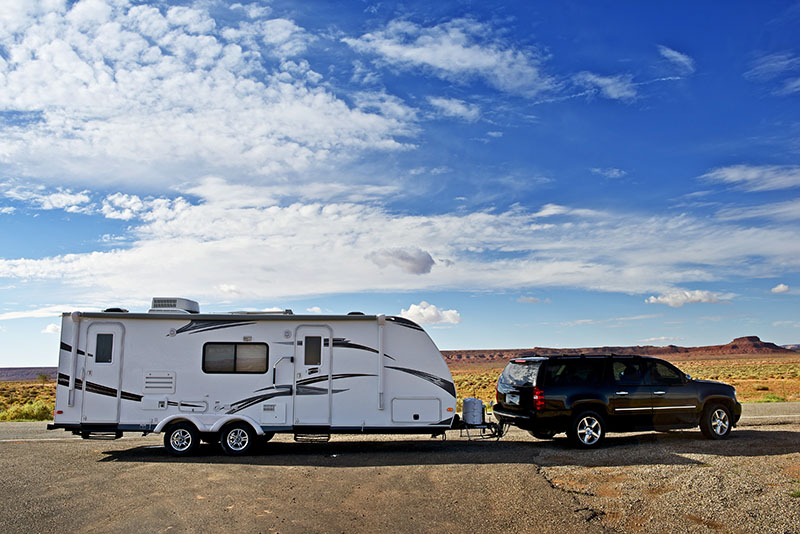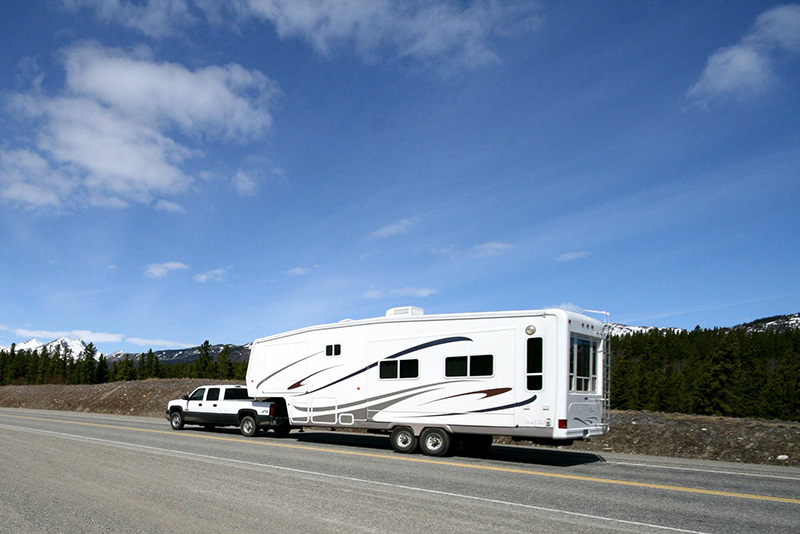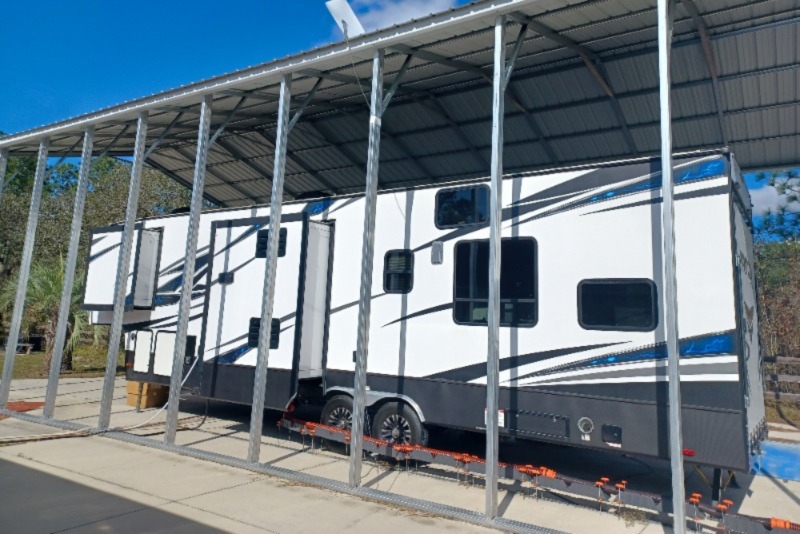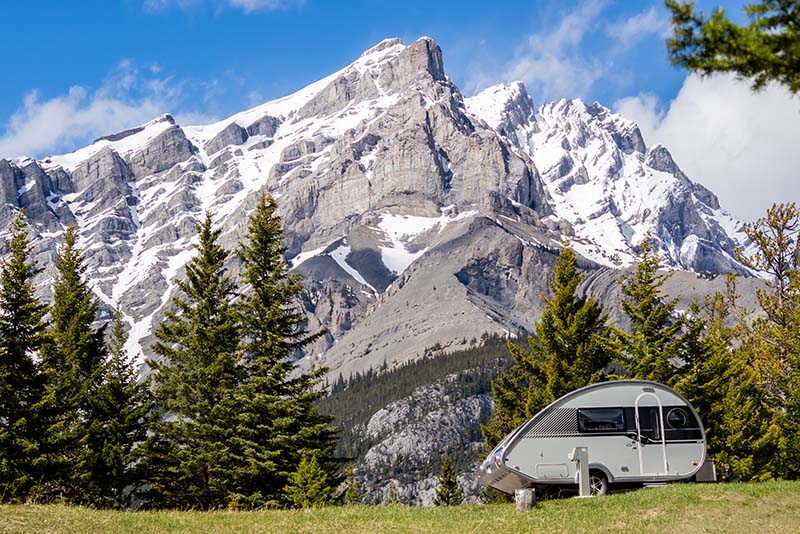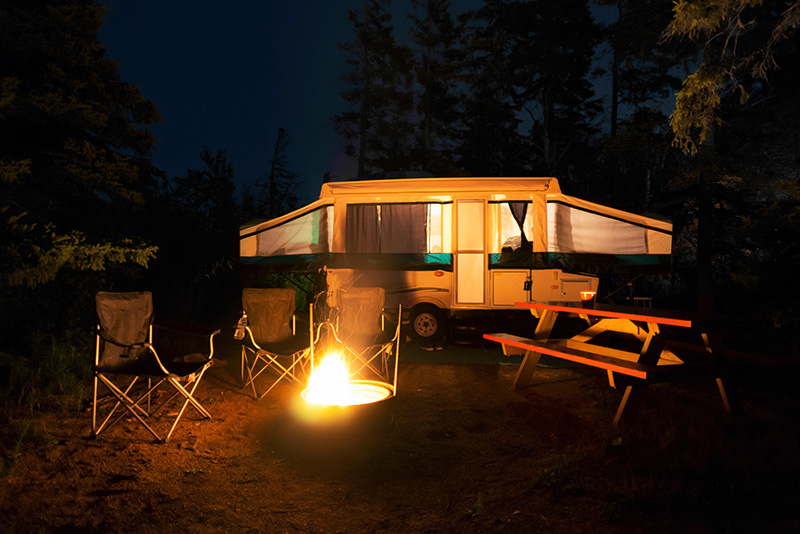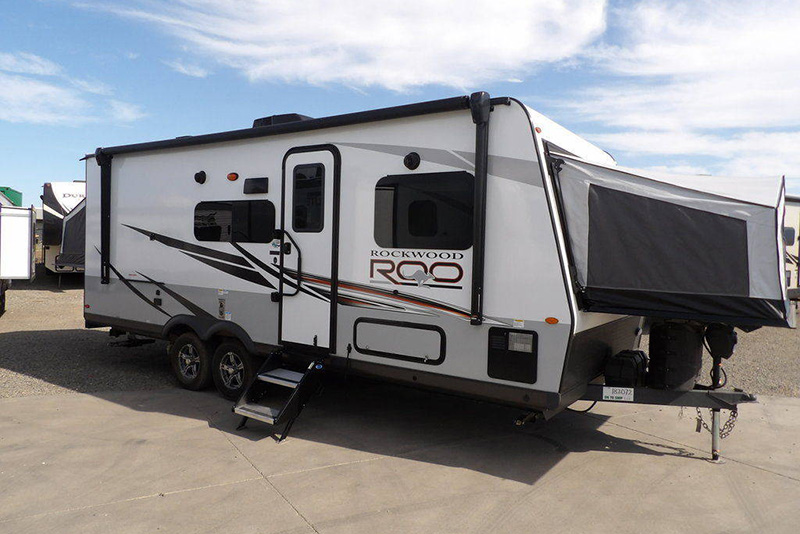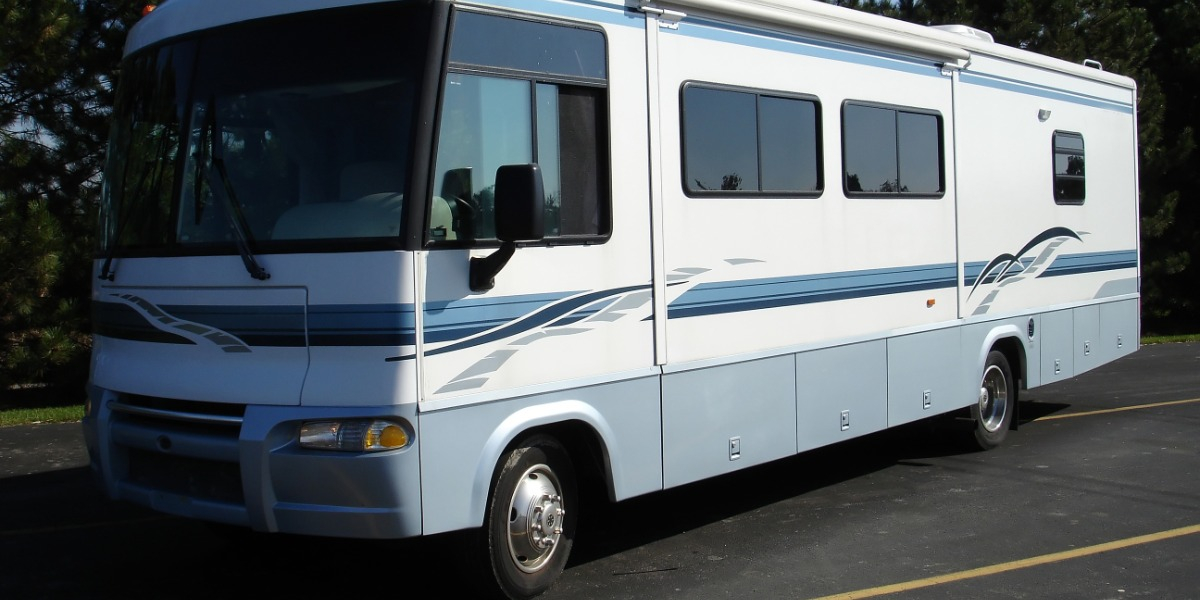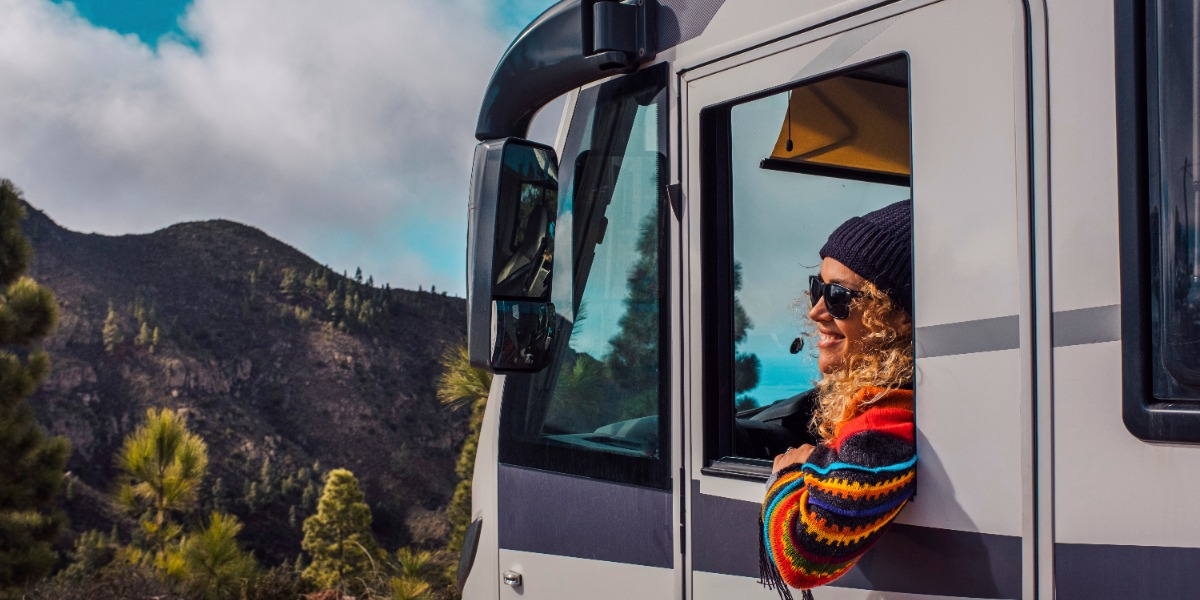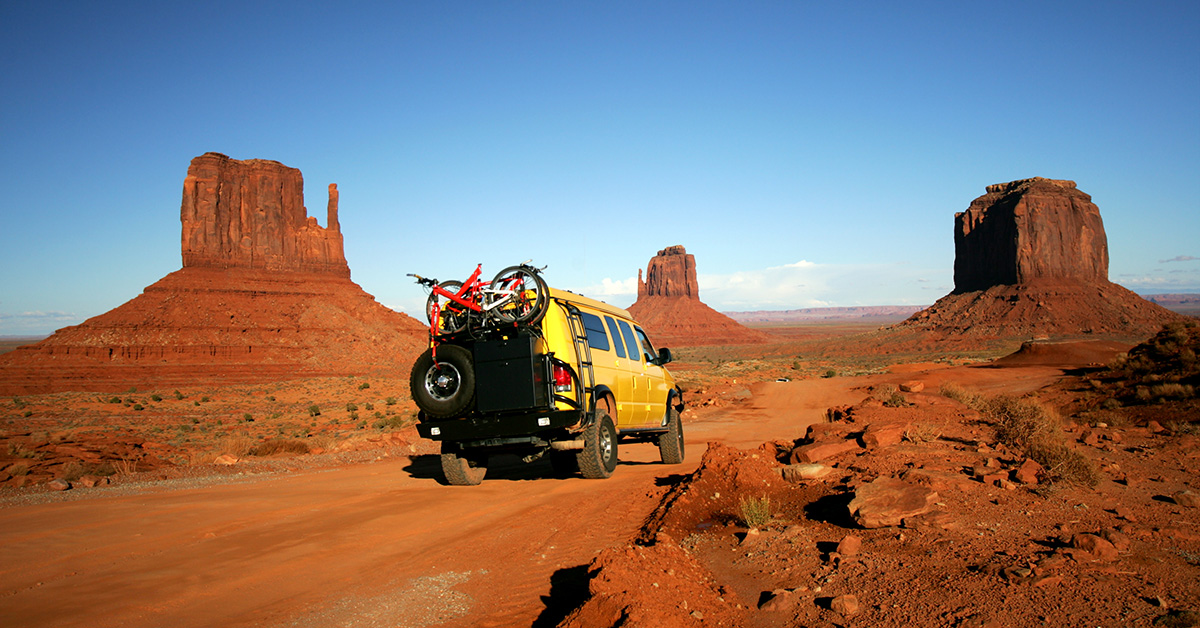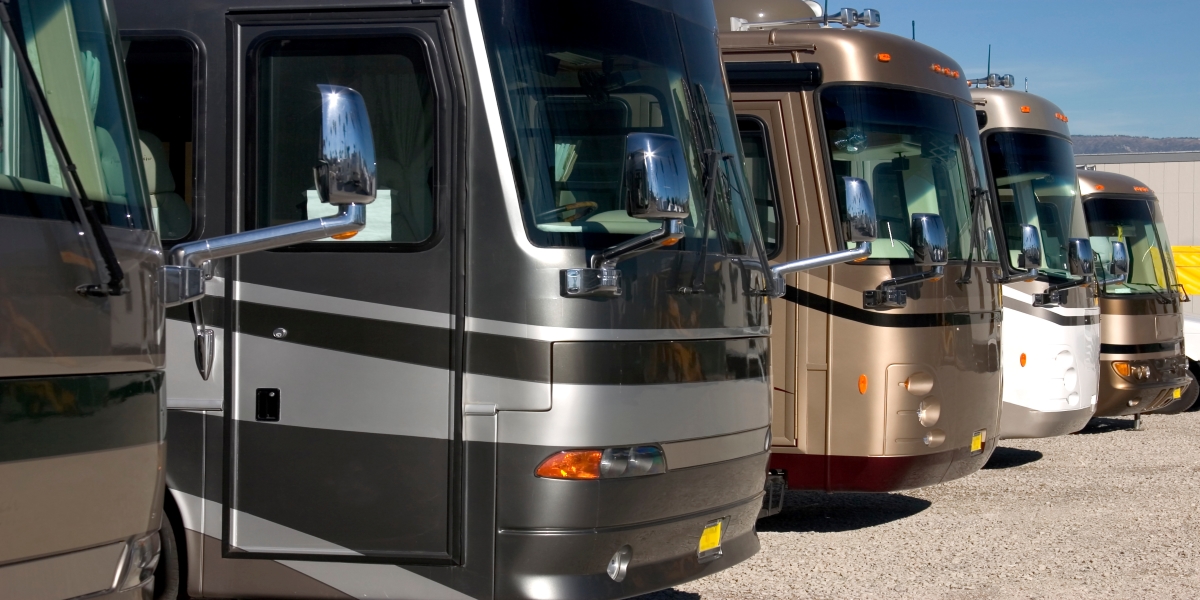As the summer heat subsides and the leaves begin to change, fall stands out as the perfect season to set out on an RV adventure. While many associate summer with road trips, autumn holds a unique charm that makes it a great time to purchase an RV. In this article, RV Trader is explaining why fall is a great time to buy an RV and exploring the benefits of hitting the road during this splendid season.
Off-Peak Season Pricing
One of the most compelling reasons to purchase an RV in the fall is the favorable pricing conditions. During the summer, demand for RVs skyrockets, leading to inflated prices and tense competition among buyers. However, as autumn rolls around and the kids go back to school, demand for RVs typically declines. Sellers are more willing to negotiate, and you can often find significant discounts, incentives, and financing options that can make your RV dreams more attainable. This is especially true if dealerships are eager to clear out old inventory with steep sales.
Ample Stock
During the autumn season, dealerships are more likely to have a broader range of models and floor plans in stock since demand slows down. This gives you an opportunity to carefully choose the RV that perfectly fits your needs and preferences. Without the summer rush, you can take your time exploring different options, thoroughly inspecting each vehicle, and making an informed and educated decision.
Comfortable Weather
One of the most appealing aspects of fall is the comfortable weather. Unlike the scorching temperatures of summer or the frigid cold of winter, autumn provides a moderate climate, making it the ideal time for outdoor adventures. Whether you’re exploring national parks, camping by a serene lake, or embarking on a cross-country road trip, you’ll appreciate the crisp air and vibrant foliage that fall brings.
Shop for a large, spacious Class A RV on our marketplace.
Scenic Beauty
Speaking of foliage, fall is renowned for its stunning scenery, as trees transform into brilliant shades of red, orange, and yellow. This natural spectacle adds a unique layer of beauty to your RV adventures. Picture yourself driving through winding roads flanked by colorful trees, or waking up to a breathtaking sunrise over a tranquil forest. Fall’s incredible landscapes are reason enough to plan a road trip before winter hits.
Smaller Crowds
While summer might be the prime season for road tripping, it often means dealing with crowded campgrounds, long lines, and the hustle and bustle of tourists. In contrast, fall offers a more peaceful and tranquil experience. With fewer travelers on the road, you’ll have a better chance of securing your preferred campsite, avoiding traffic jams, and relishing the serenity of the great outdoors.
Wildlife Encounters
Fall is also an excellent time for wildlife enthusiasts. Many animals are more active during this season as they prepare for winter, making it an opportune time for wildlife watching. Whether you’re an avid birdwatcher, hoping to spot a majestic elk, or simply eager to enjoy nature’s creatures, fall offers numerous chances for wildlife encounters as you traverse the country in your RV.
Shop for a smaller, more nimble Class B RV on our marketplace.
Cozy Campfires
There’s something undeniably comforting about gathering around a crackling campfire on a crisp fall evening. The cooler temperatures of autumn make campfires even more inviting, providing the perfect setting for storytelling, stargazing, and roasting marshmallows. With an RV, you can enjoy the warmth and camaraderie of a campfire without sacrificing modern comforts. Share s’mores with your friends and family, and then retire to your home-on-wheels for a night of restful sleep.
Harvest Festivities
Many regions across the United States celebrate fall with a variety of festivals and events. From apple picking in New England to wine tasting in California’s wine country, fall offers countless opportunities to immerse yourself in local culture and cuisine. Owning an RV allows you to easily hop from one festival to the next, indulging in seasonal delights along the way.
Ultimately, fall is an amazing time to buy an RV and plan an unforgettable adventure. With favorable pricing conditions, plenty of stock, idyllic weather, scenic beauty, smaller crowds, and more, autumn provides a variety of reasons to take the financial plunge and buy a motorhome. So if you’ve been dreaming of fall vibes and harvest festivities, embrace the magic of fall and start shopping for a new or used camper on RVTrader.com. Your autumn RV adventure awaits!
